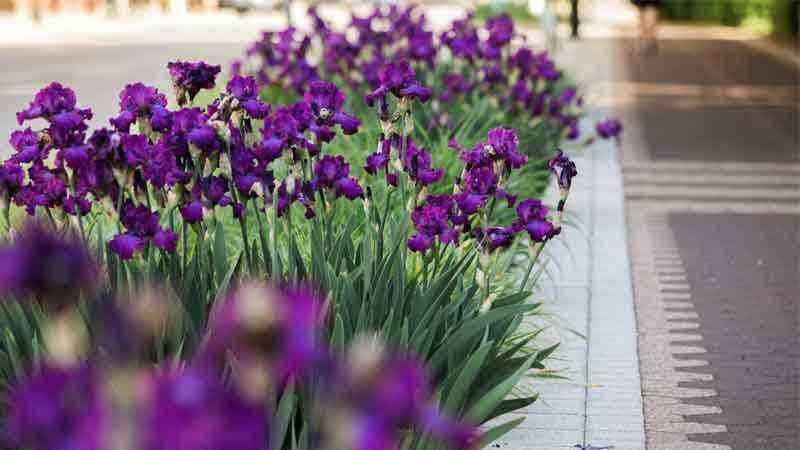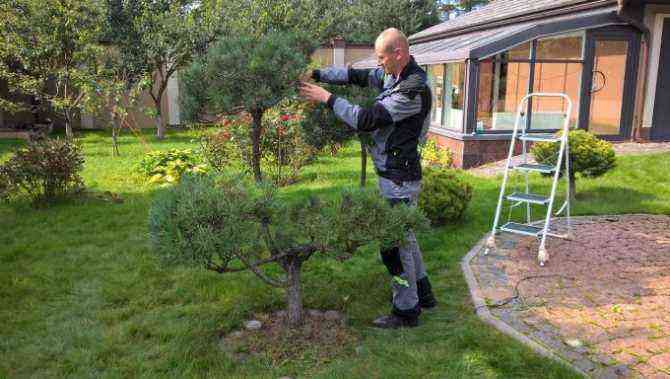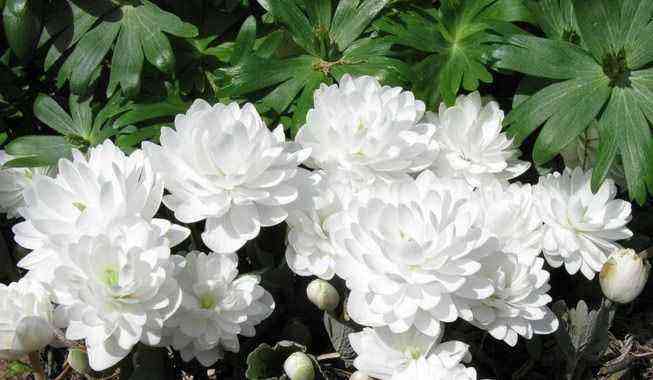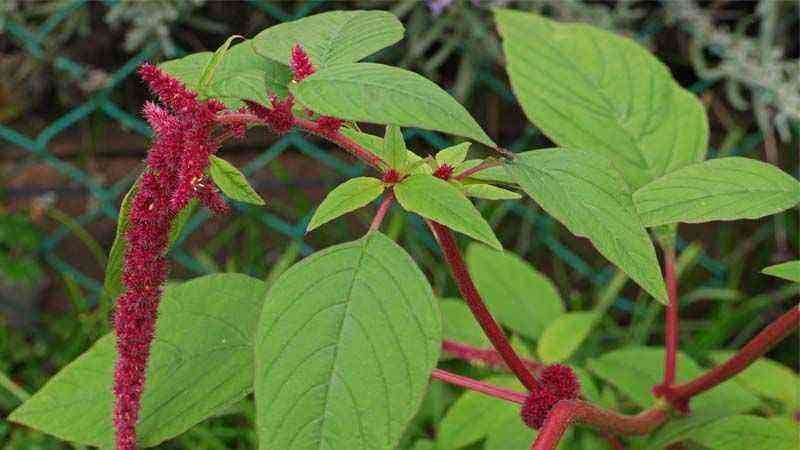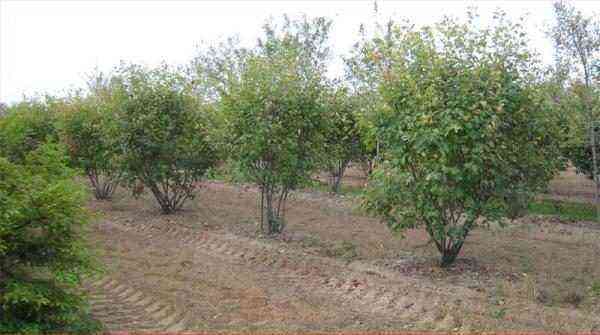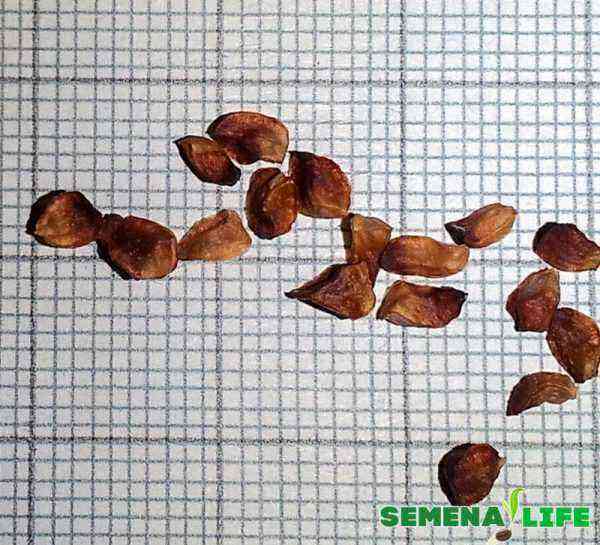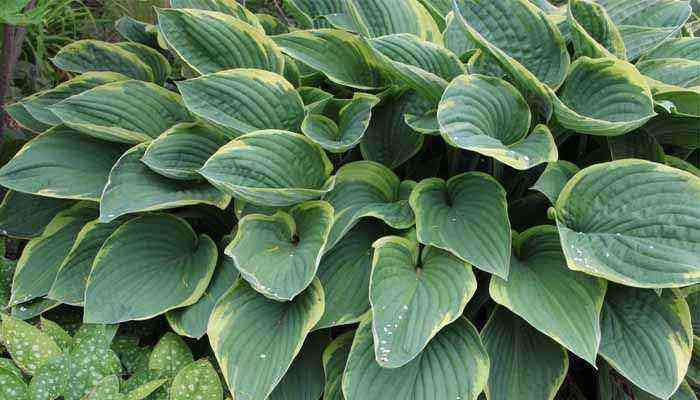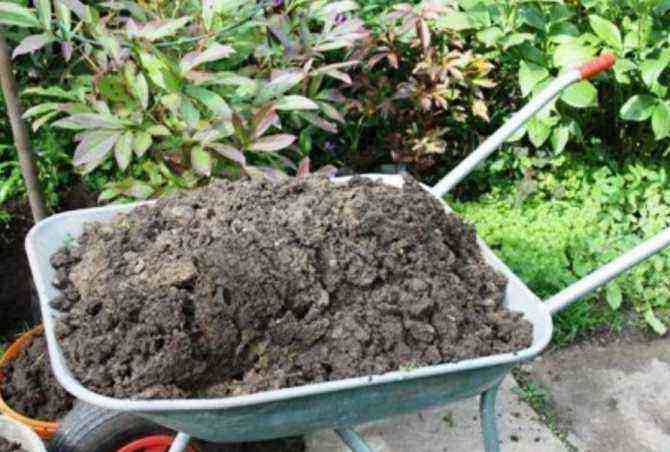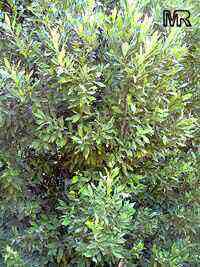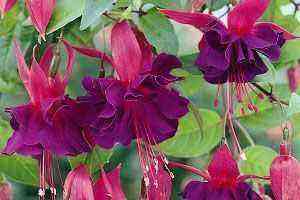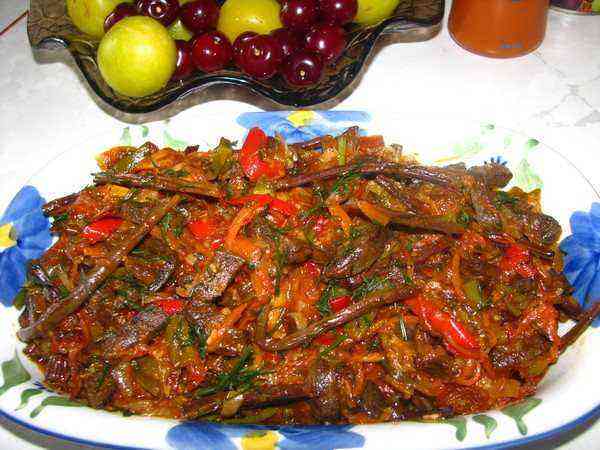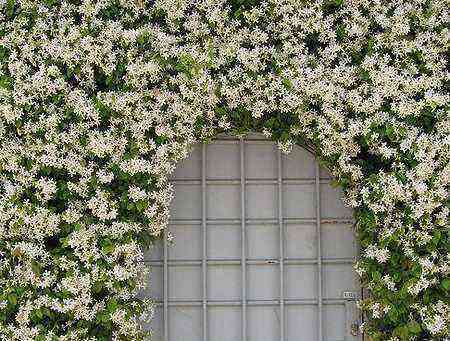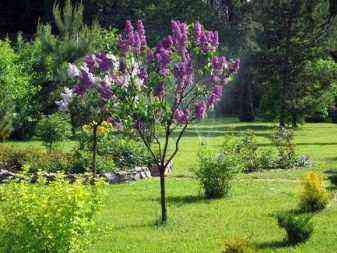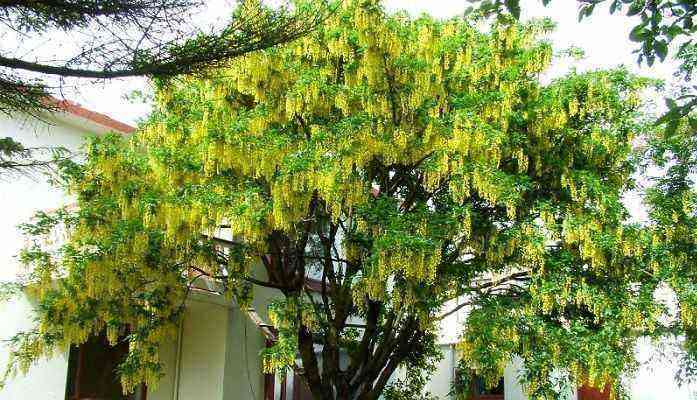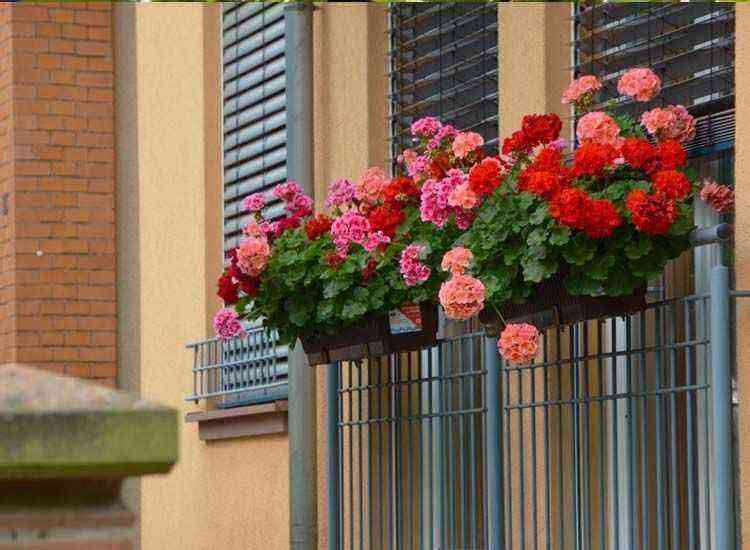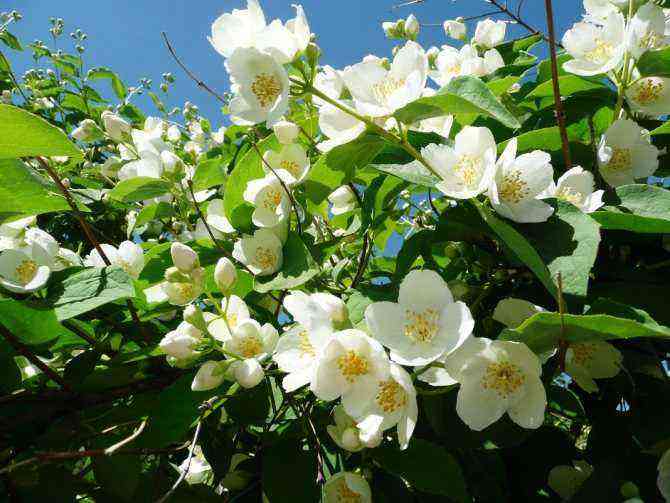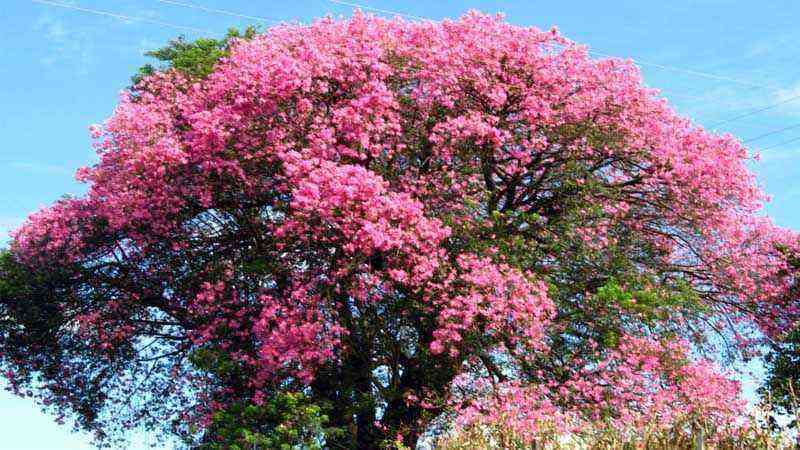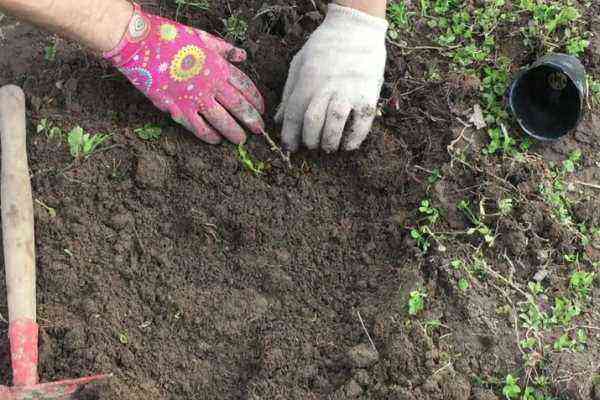Today we have to talk about a fabacea, the carob tree, a typical tree of the Mediterranean area that can reach 10 meters in height.
It also has a particular fruit, which we will discuss in the article, which will not go unnoticed. Are you interested in the cultivation of carob?
Let’s go to the secrets of this tree.
Learning to grow the carob tree in our Mediterranean garden
His scientific name is ceratonia siliqua, a name that we will never forget since we had to study it and recognize it in the race.
It’s a evergreen tree or how would you say in latin sempervirentibus. Also in the introduction we have commented on the importance of the fruit, and it is that a derivative of chocolate known as carob is extracted from it, and that is used to make sweets and diabetic chocolates.
Young leaves have also long been used to feed livestock.
Everything is usable in the carob tree, even the wood, since it is used by carpenters to make handicraft furniture and has also been used as firewood.
Spain leads its cultivation (for the Mediterranean area) followed by neighboring Portugal. Greece and Morocco also have great productions.
The climatic requirements of the carob tree
Ceratonia siliqua It is a typical tree of the mediterranean area, in which a mild climate, typical of the coasts, predominates. In fact they are usually seen near the sea, at an altitude less than 500 meters.
It is a crop similar to other typical fruit trees such as orange or almond. But as we have said, it needs a mild climate and we tell you why. It does not resist the cold.
The carob tree is quite rustic but It is affected by temperatures below 2 ºC. Of course, this temperature range is achievable on many winter days, although it is also highly influenced by the sudden drop in temperature and humidity.
In other words, if nighttime temperatures drop gradually, the tree will hold up much better than if it suffers an untimely frost on a humid night.
As for high temperatures, only those that exceed 45 ºC can affect it.
Soil requirements for carob
Normally the carob tree usually grows in limestone soils loose or of medium consistency, but has no problem growing in other types of soil.
As we have said before, it is a tree quite rustic and the subject of floors is not a problem. It only controls that the permeability (drainage) is adequate and that no waterlogging or problems of this nature occur.
Irrigation needs
Ceratonia siliqua It is a very adaptable crop to drought conditions of the environment (enough with 350 mm per year, that is, 350 liters per square meter per year).
But these are not the conditions we want, which are the minimum growth conditions, so you will need around 800-1000 mm per year.
Do we need to pay it?
Following the guidelines of John Seymour, nothing comes out of nowhere.
The carob tree is very rarely fertilized, and even many people do not, but we do not think that way.
It is a recommendation to apply before the production of its fruits and in flowering a compost or manure fertilizer, around 10 kg per tree.
How can we multiply the carob tree?
The method that has traditionally been carried out is the multiplication by seeds. Stakes and layers can also be used.
The benefit of producing a new plant through seeds is that it will increase the vigor of the tree, and therefore its resistance to pests and diseases.
But getting a tree of 5 or 6 meters from seeds will take a long time and also later it will have to be grafted with commercial varieties of higher production if you want to obtain a harvest (garrofa).
A tuco to accelerate the germination of the seeds consists of put them in water for a period of 10 days, so that they swell and accumulate water.
They are usually planted in spring, between the months of March and April, controlling the temperature and humidity indoors until the seeds germinate.
Patience, the first productions will take around 7 years.
Best known varieties of carob
- Donkey rib: it is a large tree with great production. It is usually grown in the area of Catalonia and Valencia
- Matalafera: it is a tree of medium vigor and large leaves. The pods of its fruits are very large, but light and not as sweet as other varieties.
- Royal: it is a tree that acquires large sizes once it is an adult. It has the characteristic that its trunk and branches are smooth. It is tolerant to many diseases but is affected by low temperatures. Currently it is the most cultivated for the good results it produces.
- caches: It is a variety of carob tree typical of the Valencian area. It is of medium vigor and constant production. However, the fruit is not very sweet.
- Black: the tree grows to a large size and the fruits it produces are of high quality, although the harvests tend to be quite irregular.
Pruning Ceratonia siliqua
To ensure the best growth of the tree and the best productions, correct pruning is required, especially that of training.
It will start 2 years after grafting, removing dry, diseased or irregular branches and shaping the tree’s crown.
This pruning is usually done once it is harvested the harvest, in late summer or early fall.


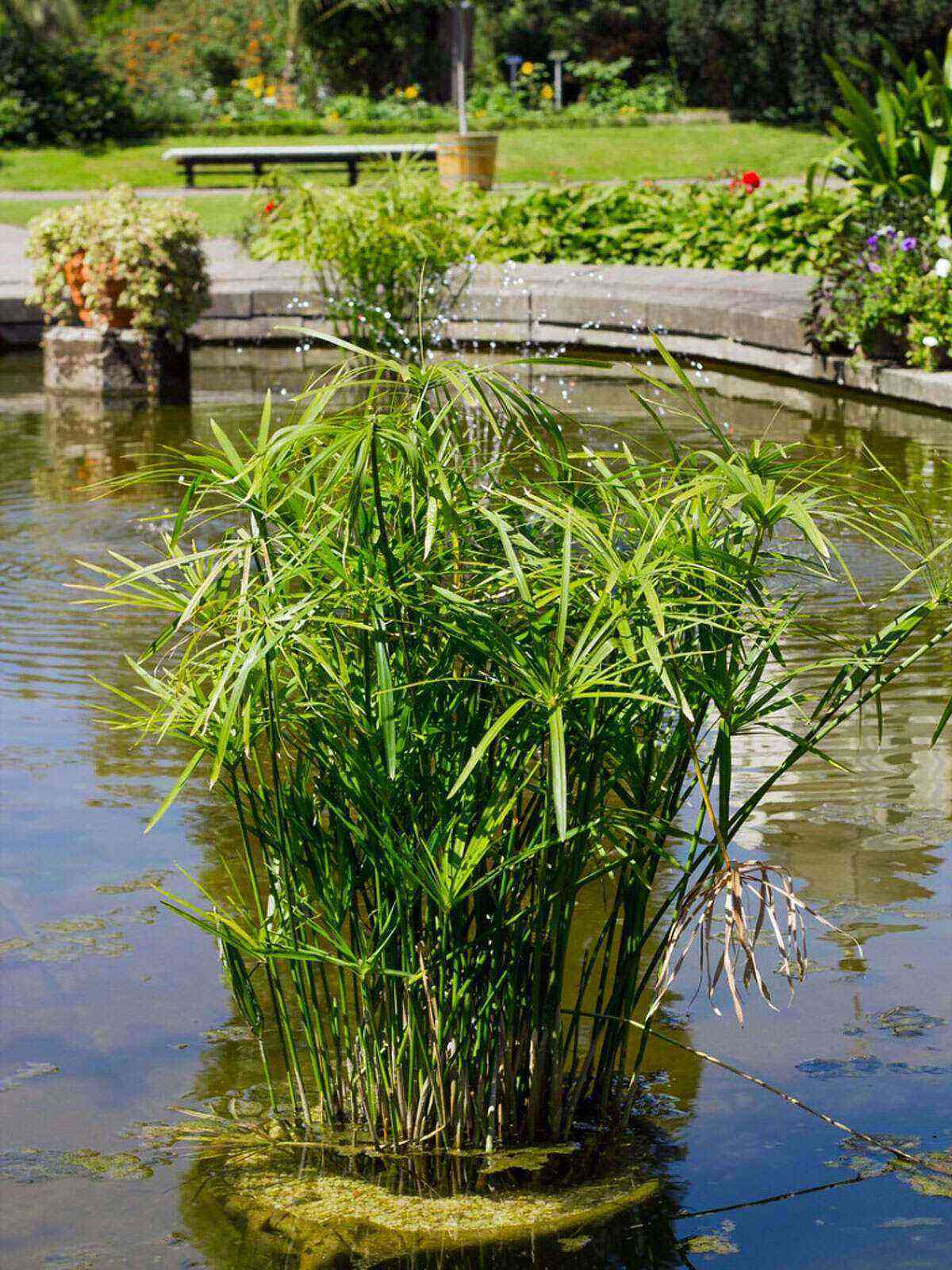

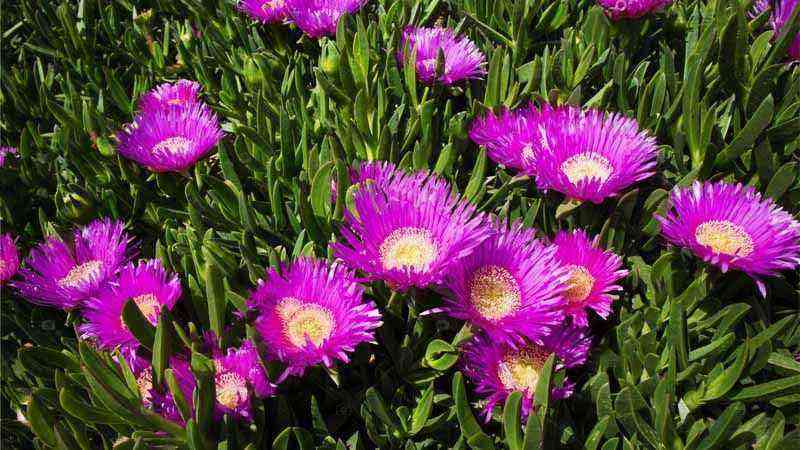
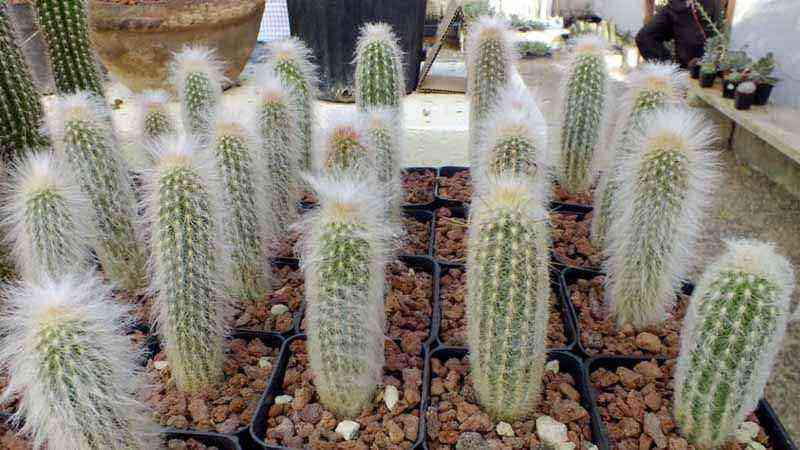
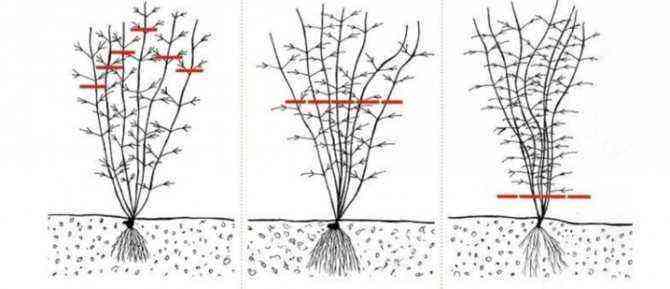
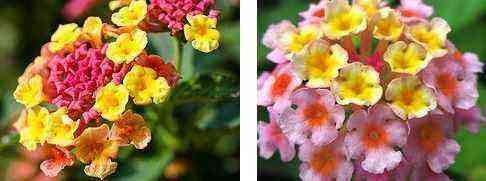
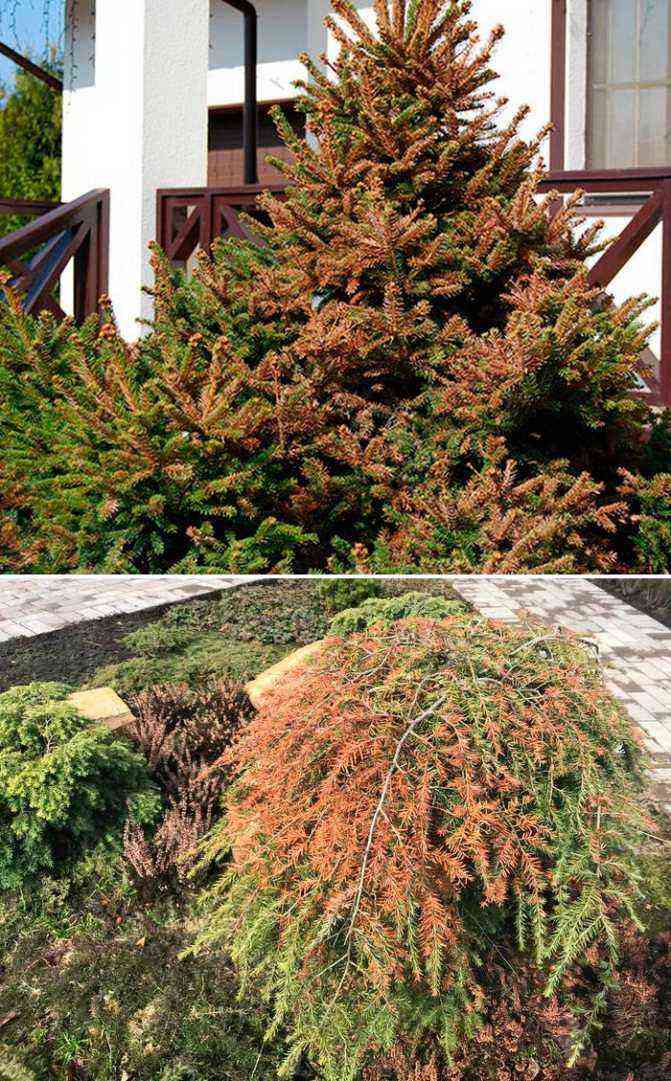
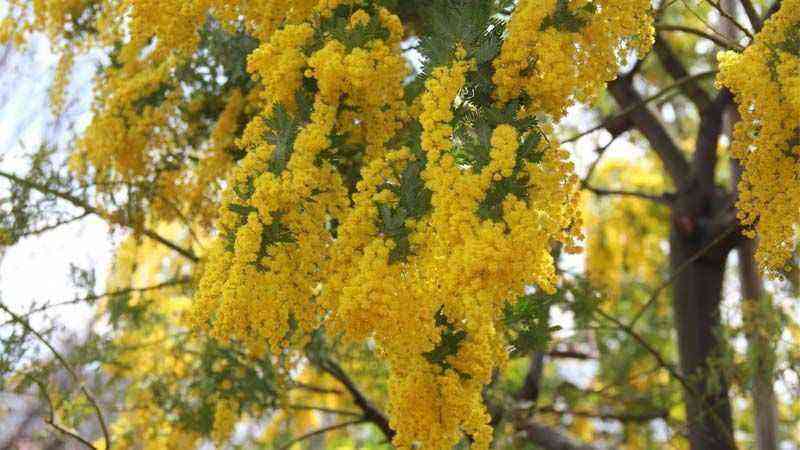


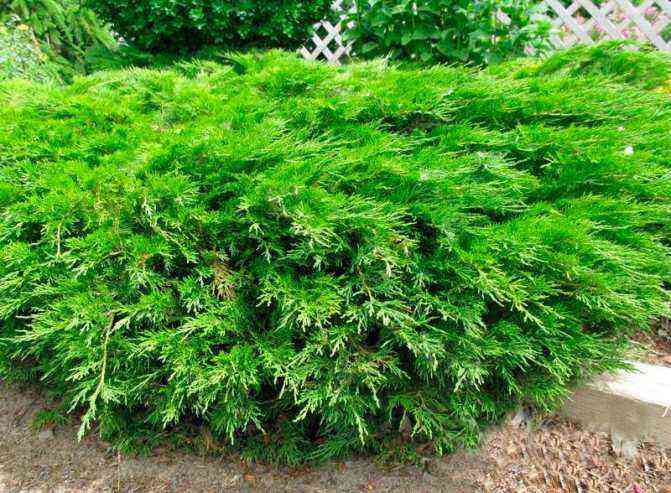
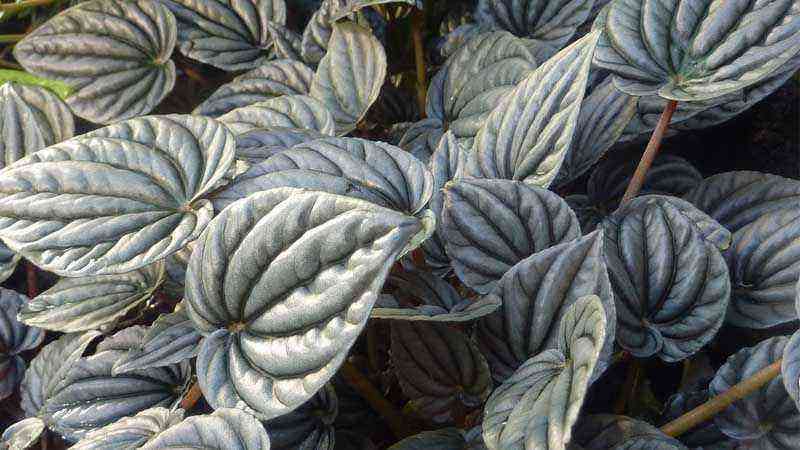
![Cultivo de Magnolia stellata [magnolia estrellada] Cultivo de Magnolia stellata [magnolia estrellada]](https://farmer-online.com/wp-content/uploads/2021/05/Cultivo-de-Magnolia-stellata-magnolia-estrellada.jpg)
